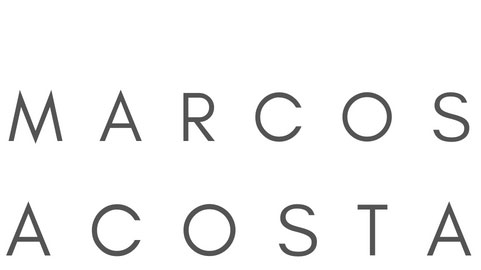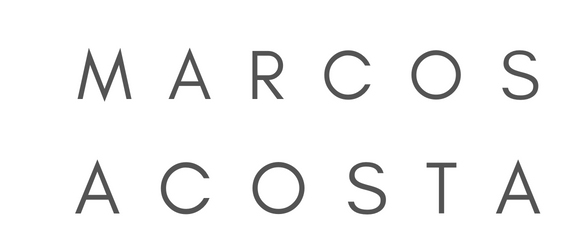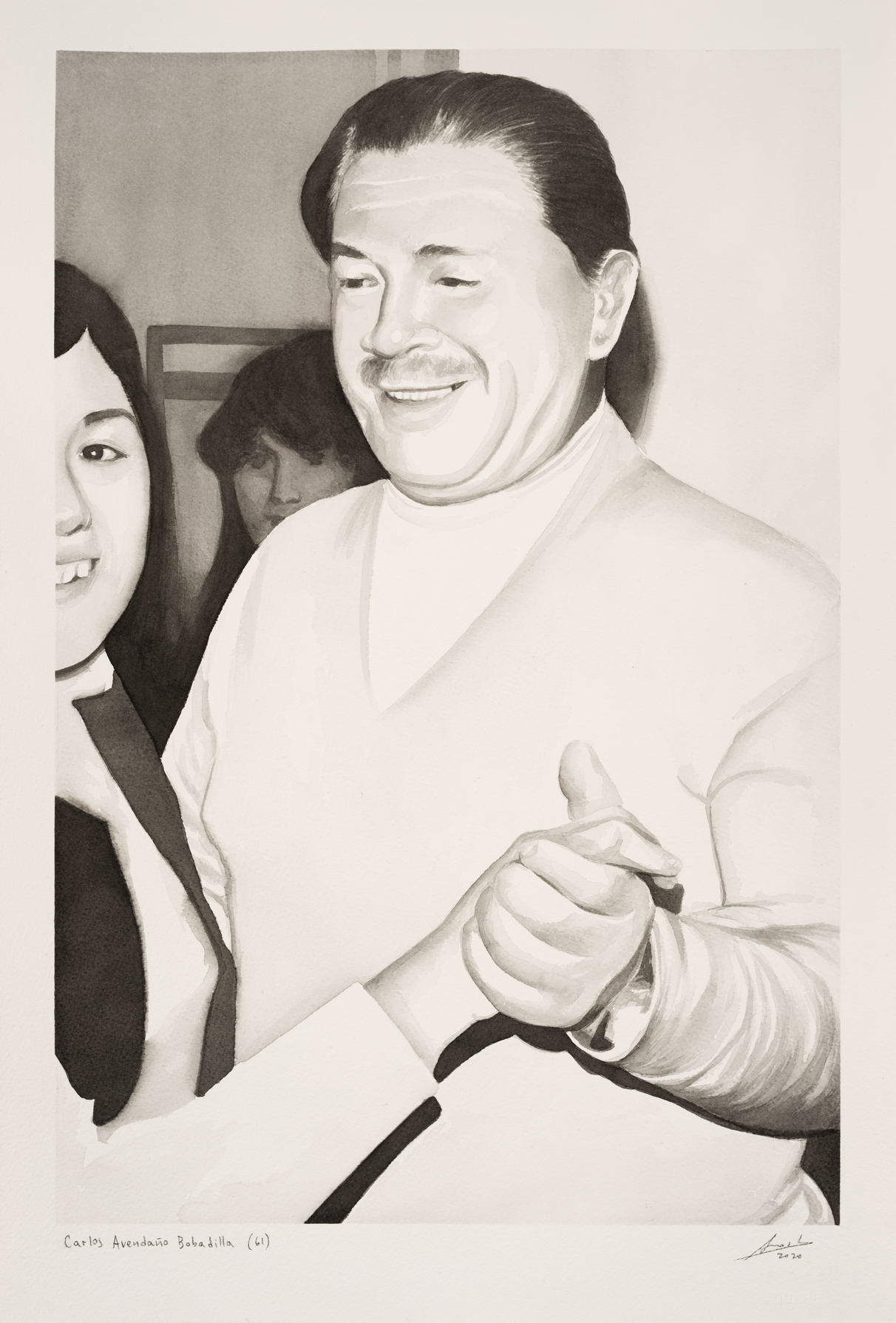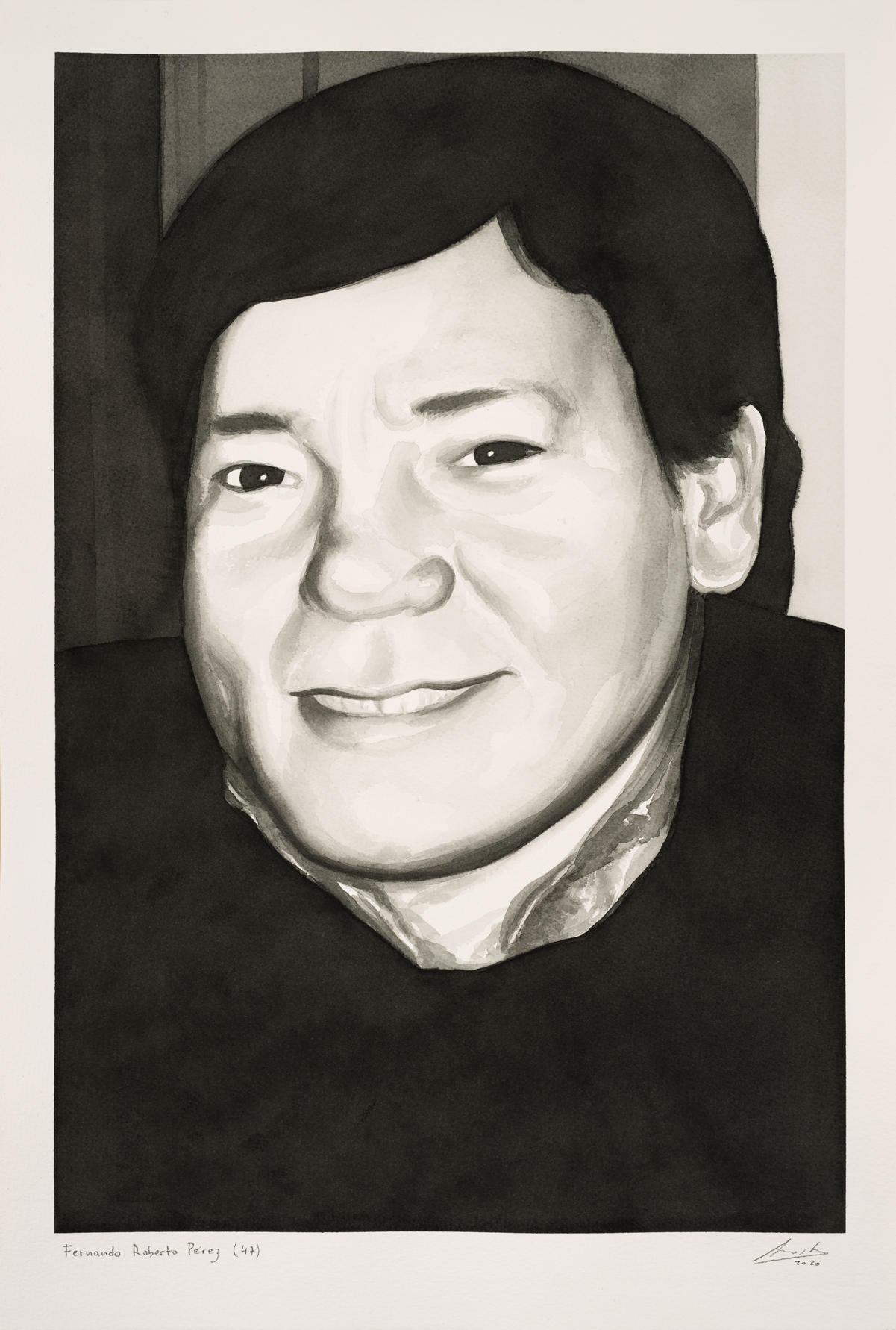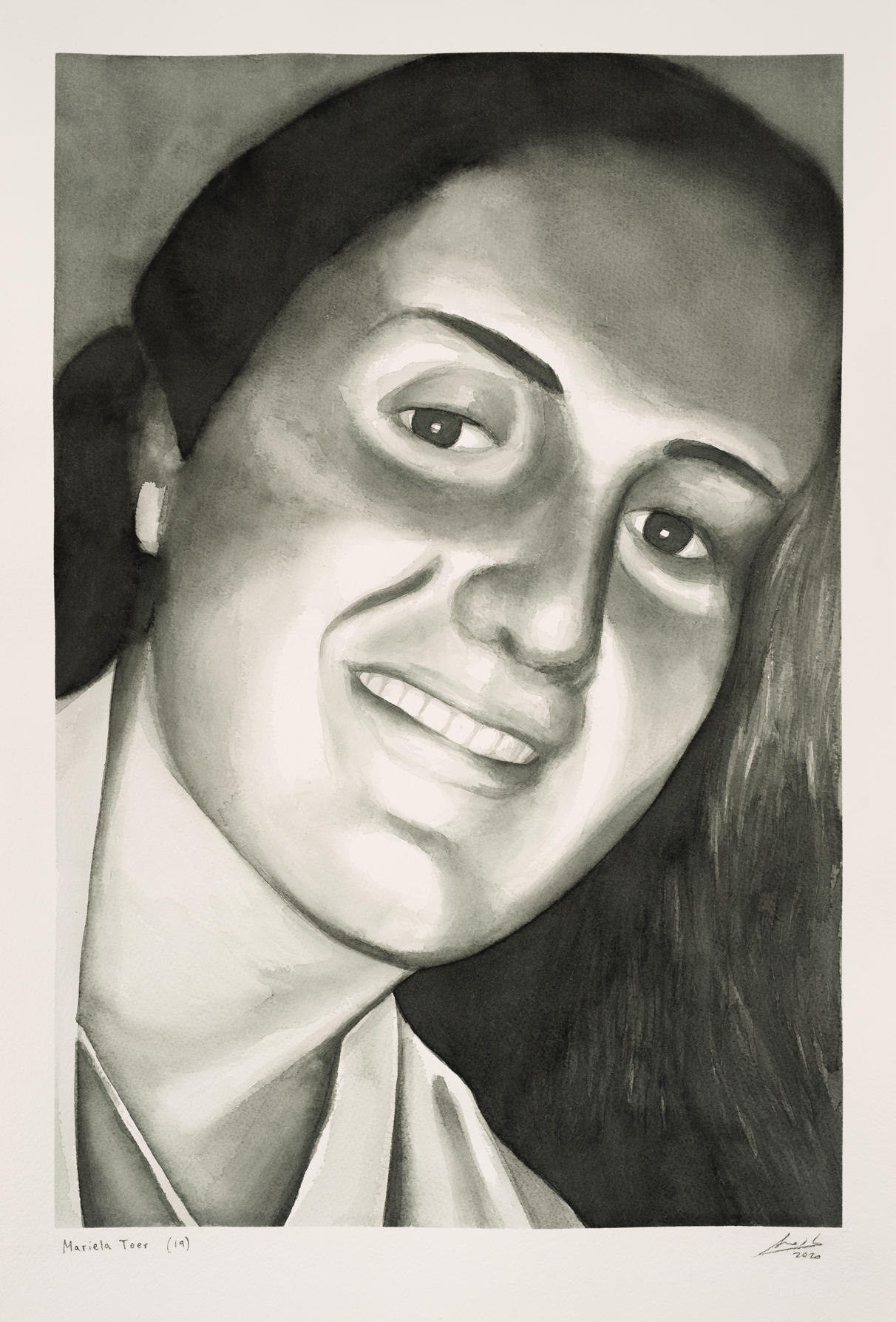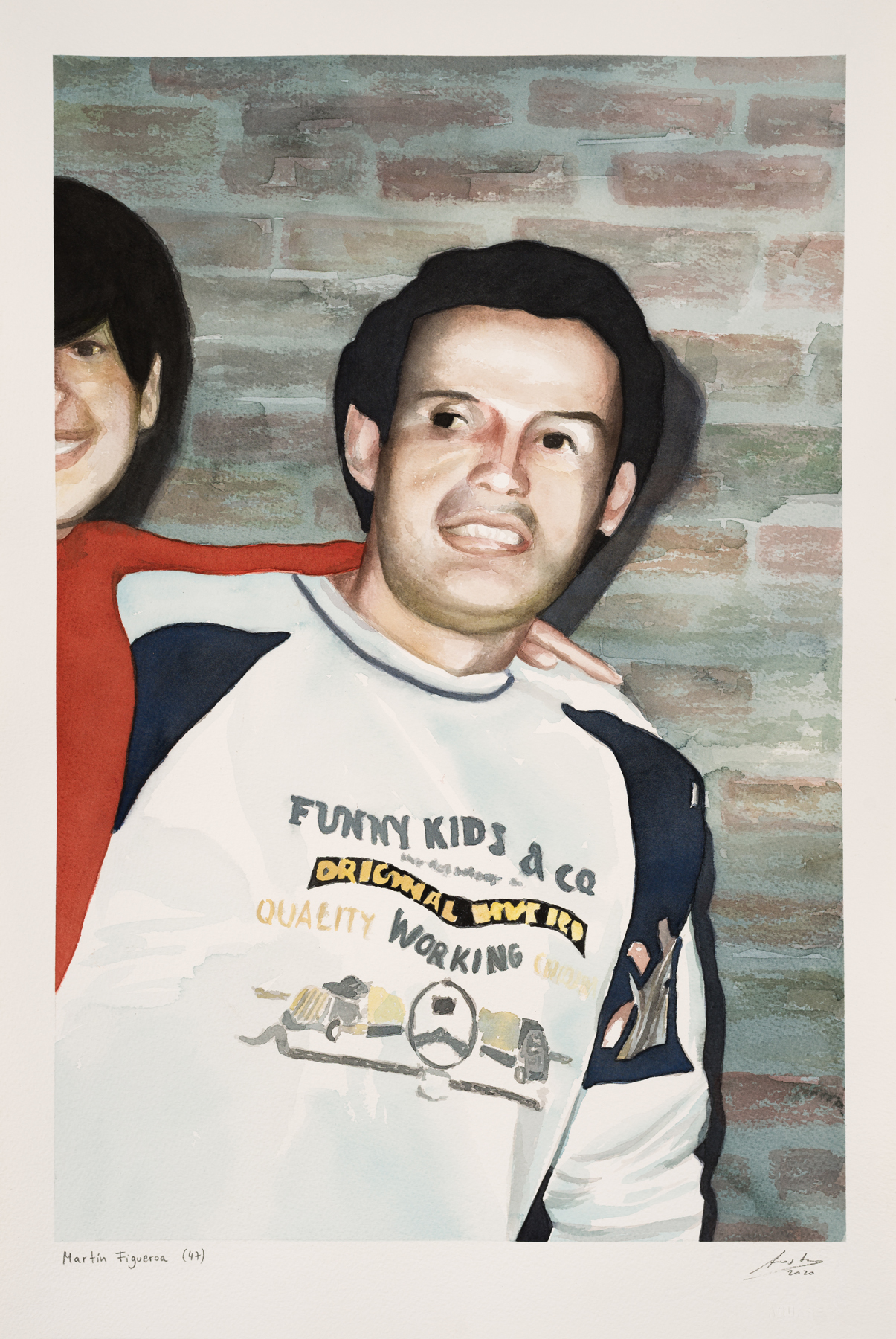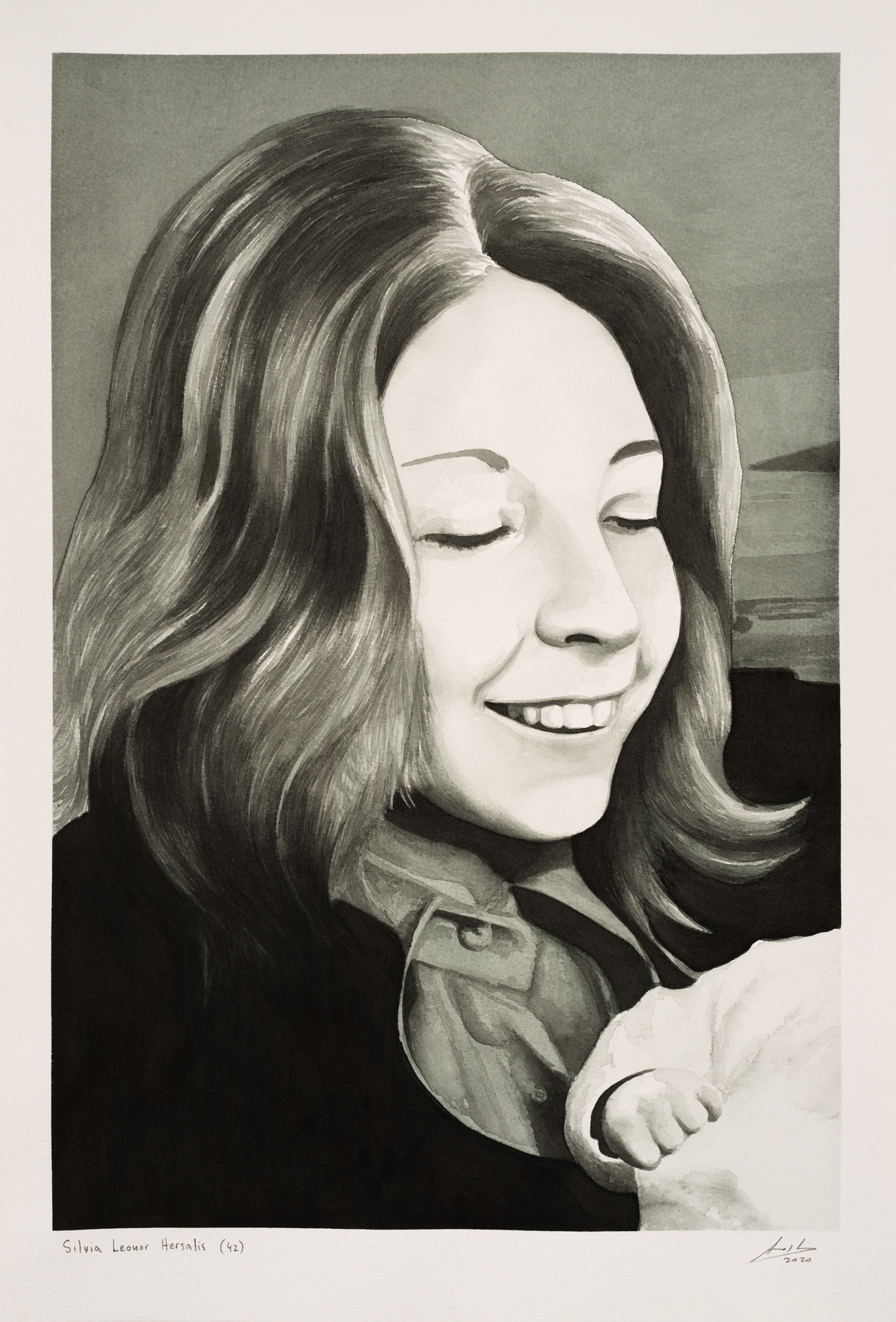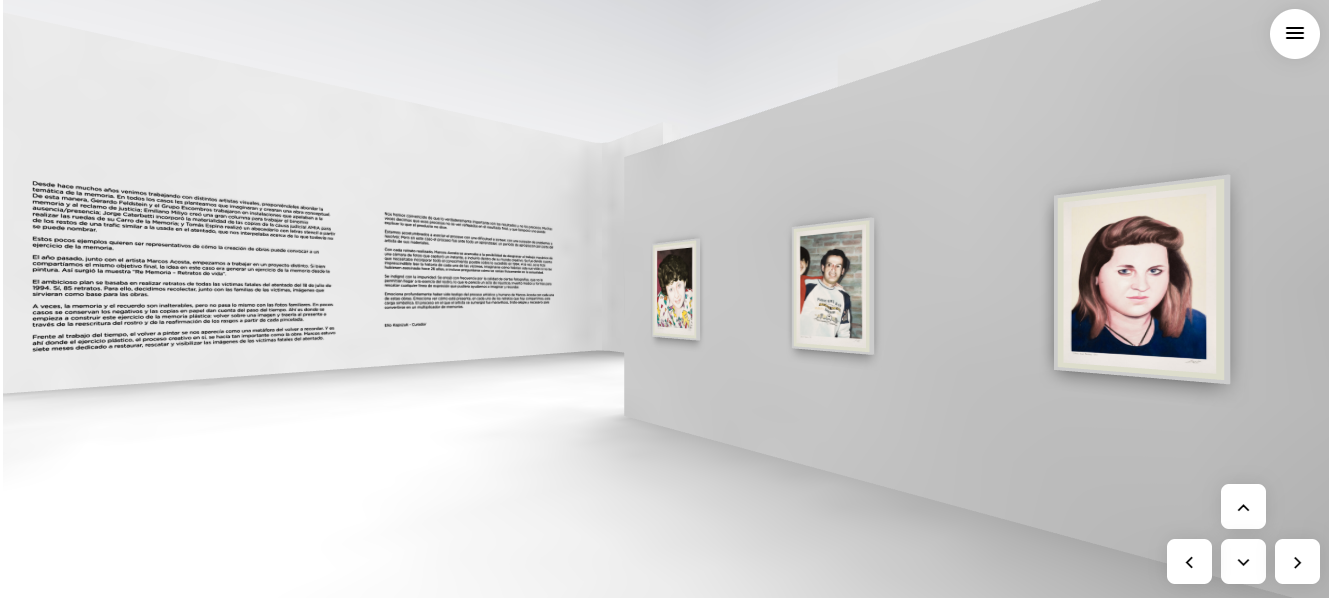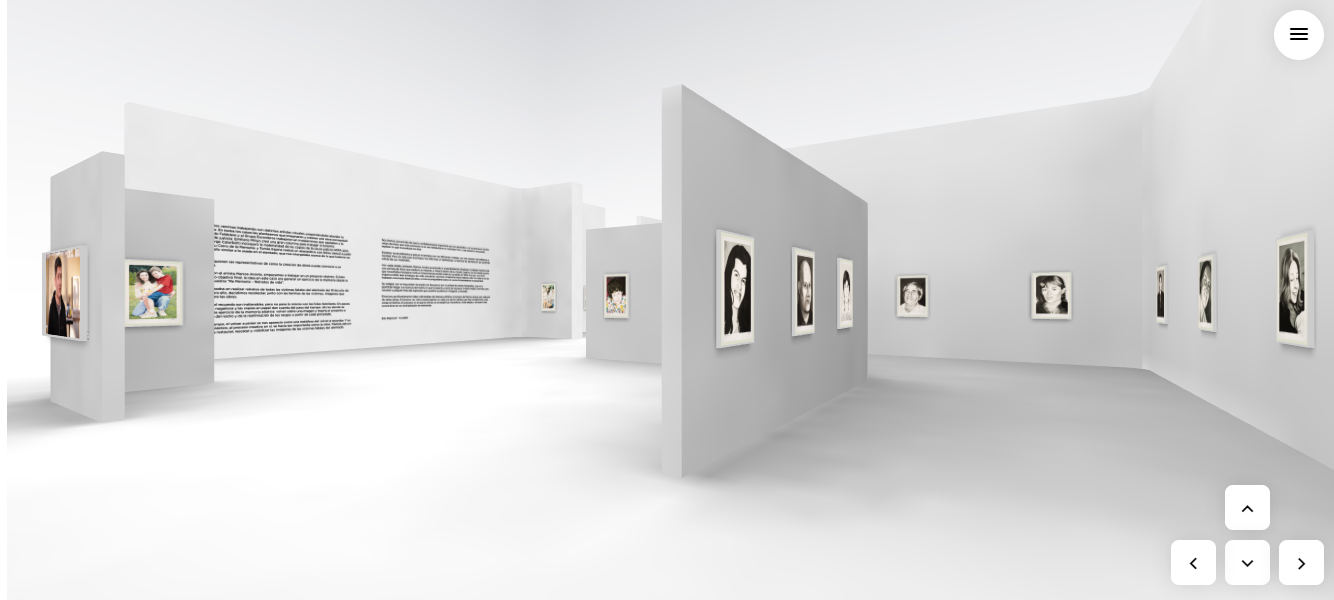RE-MEMORY (Life Portraits)
We have been working for several years now with different visual artists by inviting them to address the theme of memory. To each one of them, we suggested they envision and create a conceptual piece on the subject. In this way, while Gerardo Feldstein and Grupo Escombros worked with installations that appealed to memory and the claim of justice, Emiliano Miliyo developed a large column to work the absence and presence binomial. Jorge Caterbetti, in turn, incorporated the material aspect of the copies from the AMIA court case briefs to make his Memory Cart, and Tomas Espina produced an alphabet with stencil letters starting from the remains of a van similar to the one used during the AMIA bombing, which questioned us in relation to what still cannot be named.
These few examples aim at evoking how the creation of artworks prompt us to exercise our memory.
Last year, together with the artist Marcos Acosta, we started to work on a different project. Even though we shared the same final objective, the concept in this case was to propitiate a memory exercise from painting. It was in this way that the exhibition “Re-memory.- Life Portraits” was conceived and made a reality.
The ambitious project entailed painting portraits of all the causalities left by the terrorist attack of July 18th, 1994. Yes, 85 portraits indeed. In order to achieve that, we decided to collect, together with the victims’ families, images that might serve as a basis for the artworks.
Sometimes, memory and memories are immutable but that is not case with family photos. On rare occasions are the films kept and printed copies often evidence the passing of time. It is there where this artistic construction of memory begins, by going back to an image and bringing it back to the present through a rewriting of the face and a reaffirming of the features with each brush stroke.
Elio Kapszuk
RE-MEMORIA (Retratos de vida)
Elio Kapszuk
2020
RE-MEMORIA (Life Portraits), Exhibition Hall, AMIA
Curated by Elio Kapszuk, AMIA.
Buenos Aires, Argentina.
2020
RE-MEMORIA (Life Portraits) Virtual exhibition
https://rememoria.amiamemoria.org/
Curated by Elio Kapszuk, AMIA.
